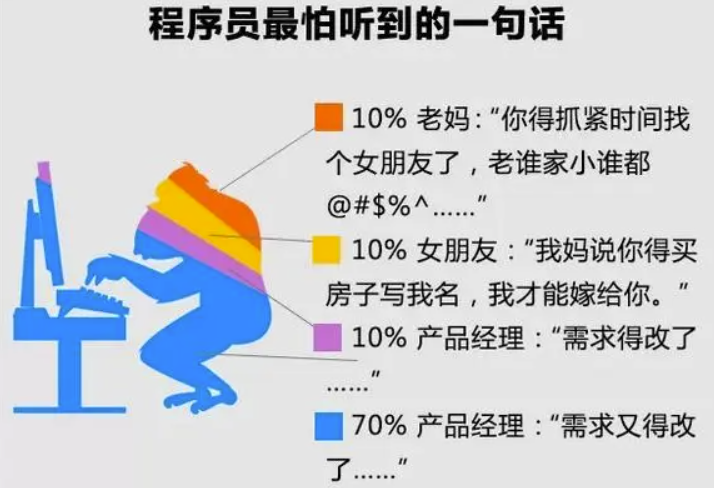The OSI (Open Systems Interconnection) model is a conceptual framework that describes how different devices communicate over a network. It consists of seven layers, each with a specific function in the communication process.
Physical Layer: This layer defines the physical means of transmitting data over the network, including the cables, connectors, and signal voltages used.
Data Link Layer: This layer provides error-free transmission of data frames between two nodes on a network. It also manages access to shared media and performs flow control.
Network Layer: This layer handles routing and forwarding of packets across multiple networks. It also translates logical addresses into physical addresses.
Transport Layer: This layer ensures reliable end-to-end delivery of data between applications running on different devices. It establishes connections, segments data into smaller pieces if necessary, and reassembles them at the receiving end.
Session Layer: This layer manages the establishment, maintenance, and termination of sessions between applications running on different devices. It also ensures that session-related data is transmitted securely and efficiently.
Presentation Layer: This layer deals with the syntax and semantics of information exchanged between applications running on different devices. It handles tasks such as encryption/decryption, compression/decompression, and data translation.
Application Layer: The topmost layer in the OSI model is responsible for providing services directly to users or applications running on different devices. Examples include email clients, web browsers, file transfer protocols (FTP), etc.
In summary, each layer in the OSI model has its own unique role in ensuring that communication between networked devices is efficient, secure and reliable while abstracting technical details from higher layers above it making networking more manageable at all levels of complexity





















